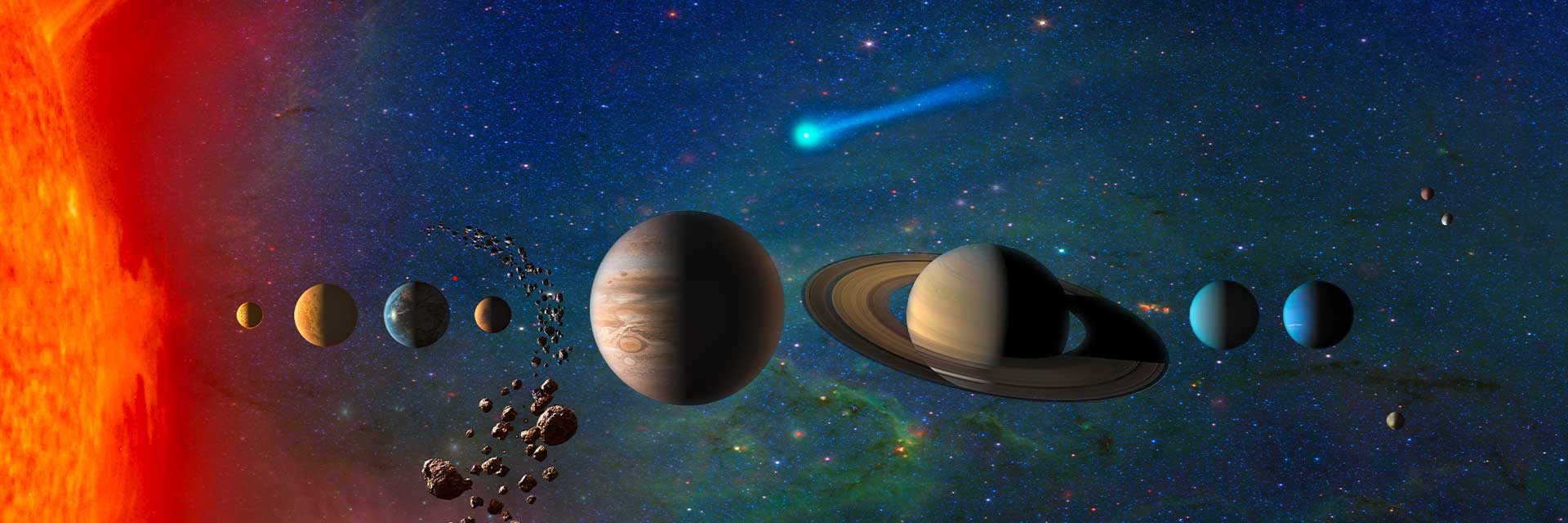
Cuando hablamos de contaminación solemos pensar en gases como el dióxido de carbono o los óxidos de azufre y nitrógeno o en partículas, como las que arrojan algunos vehículos. Sin embargo olvidamos otros elementos contaminantes como son el ruido y la luz. Y al igual que los productos mencionados, también afectan de un modo muy importante a los seres vivos.
Vamos a proponer una actividad divertida para estas vacaciones y para las noches de invierno. En clase hemos estudiado la constelación de Orión, Tauro con las Pléyades y Canis major, con la estrella más brillante del cielo, Sirio. Incluso proponíamos que, con las estrellas que hay en esta parte del cielo, inventarais vuestras propias constelaciones y sus historias. Ahora es momento de observar el cielo y ello nos servirá para valorar el grado de contaminación lumínica.
En primer lugar tenemos que reconocer la zona de las constelaciones de Orión y Tauro. Es bastante fácil: a la izquierda de Orión se encuentra Sirio, la estrella más brillante del cielo de invierno (a la que no debemos confundir con los planetas como Júpiter, también observable en estos días y muy brillante); otro elemento muy característico de Orión son las tres estrellas alineadas en la parte media del asterismo que corresponderían al cinturón del personal mitológico. Una vez identificada la región, anotaremos desde dónde la estamos viendo, a qué hora tiene lugar la observación y asignaremos un número de 1 a 9 en función de cómo veamos el cielo. En este enlace a nuestro blog tenéis una guía:
https://ieszv-scienceblog.blogspot.com/2021/12/estudiamos-la-contaminacion-luminica.html
Así que os invito a mirar el cielo en estas noches de invierno. Cuantas más medidas tomemos mejor será la valoración que hagamos de los niveles de contaminación lumínica que hay en Granada y en las localidades en las que vivimos. Cuántas más personas colaboren con vosotros mucho mejor. Podemos compartir nuestros resultados en la sección de comentarios de nuestro blog y así podremos seguir el experimento a medida que lo realizamos.
















